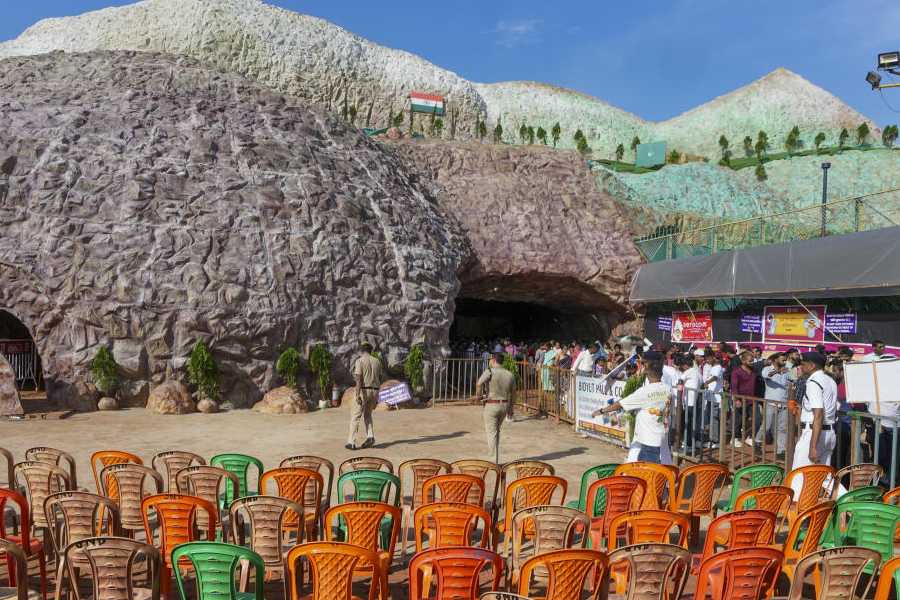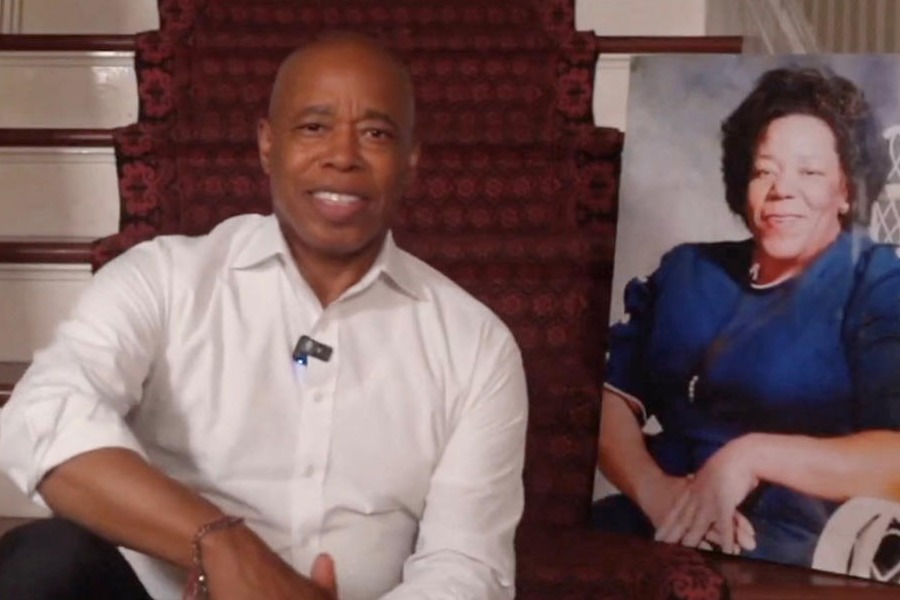 |
| The Levi Strauss plant in San Antonio. (Reuters) |
Washington, Jan. 9: Once upon a time, it was an emblem of America. Much more than Coca-Cola or McDonald’s and so valued that it was used as unofficial currency in the Soviet Baltic republics of Estonia, Lithuania and Latvia.
But yesterday, Levi Strauss, the 150-year-old manufacturer of blue jeans, permanently shut down two of its last manufacturing plants in the US in San Antonio, Texas, sending abroad another 800 jobs in order to survive in business by outsourcing work to China, Cambodia and other Third World countries.
Two decades ago, Levi’s, which was a craze among young people in India and elsewhere in the world, had 63 factories in the US and in 1996, the company’s revenue peaked at $7.1 billion. By the end of March, its three manufacturing units in Canada will also close: there will be no Levi’s factories anywhere in North America after that.
Levi Strauss spokesman Jeff Beckman said San Francisco will remain the headquarters of the jeans-maker and its design and sales staff will continue to be based in the US. It will also continue to run distribution centres in this country.
Beckman stressed the company’s Americanness by saying “we are still an American brand, but we are also a brand and a company whose products have been adopted by consumers around the world. We have to operate as a global company”.
Levi Strauss entered the Indian market in June 1995, long after the hunger for its jeans had gnawed an entire generation that peopled college campuses in the sixties and seventies, when the border between the world of radical Leftwing politics and hippiedom got blurred at times. Wearing Levi's - as exclusive in India then as in the Soviet bloc - was an expression of non-conformism.
Business analysts said the malaise affecting Levi Strauss was that its products had lost their exclusivity, which customers once valued and the company was slow in following the practice of competitors of out sourcing manufacturing to the Third World.
Sales have been falling steadily for eight years in a row: in 2002, Levi's sold products worth $4.1 billion and Beckman said the figure for last year would be about 3 per cent lower.
In India, too, it is trailing competitors like Lee.
In an effort to boost morale within the organisation and reinforce the traditional Levi's image, once personified by film stars like Marlon Brando, the company last May held a huge 150th birthday bash at the landmark Levi's Plaza in downtown San Francisco which recreated the Wild West atmosphere.
In a symbolic twist to Levi's place behind the Iron Curtain during the Cold War years, San Francisco's mayor Willie Brown had then declared that May Day in San Francisco would be observed as Levi Strauss Day.
In 1853, German immigrant Levi Strauss sold his first clothing products in the West coast of the US to other immigrants there who were exploiting the gold rush.
In 1873, he sold his first pair of modern-day blue jeans and created what has since been known as denim work pants.











